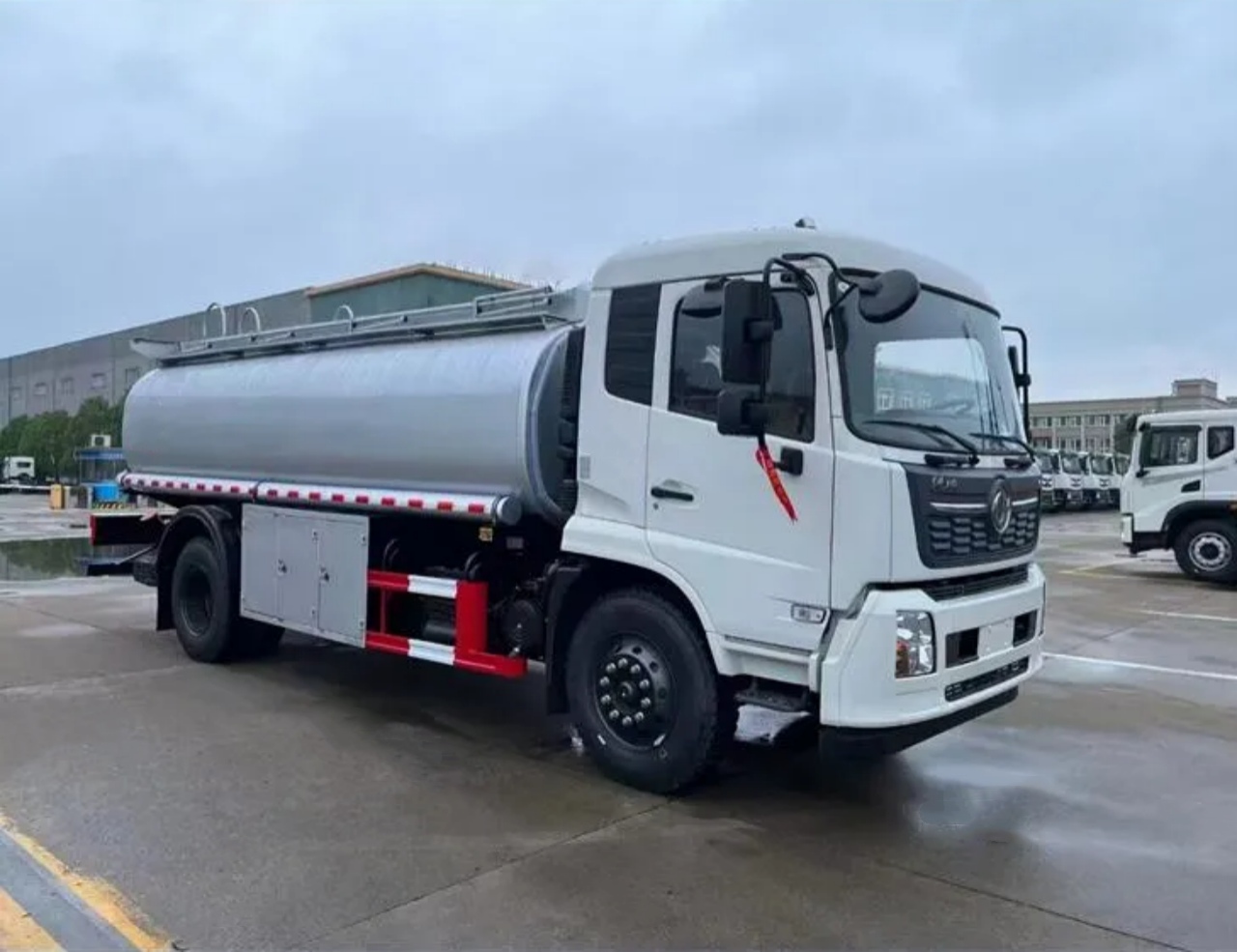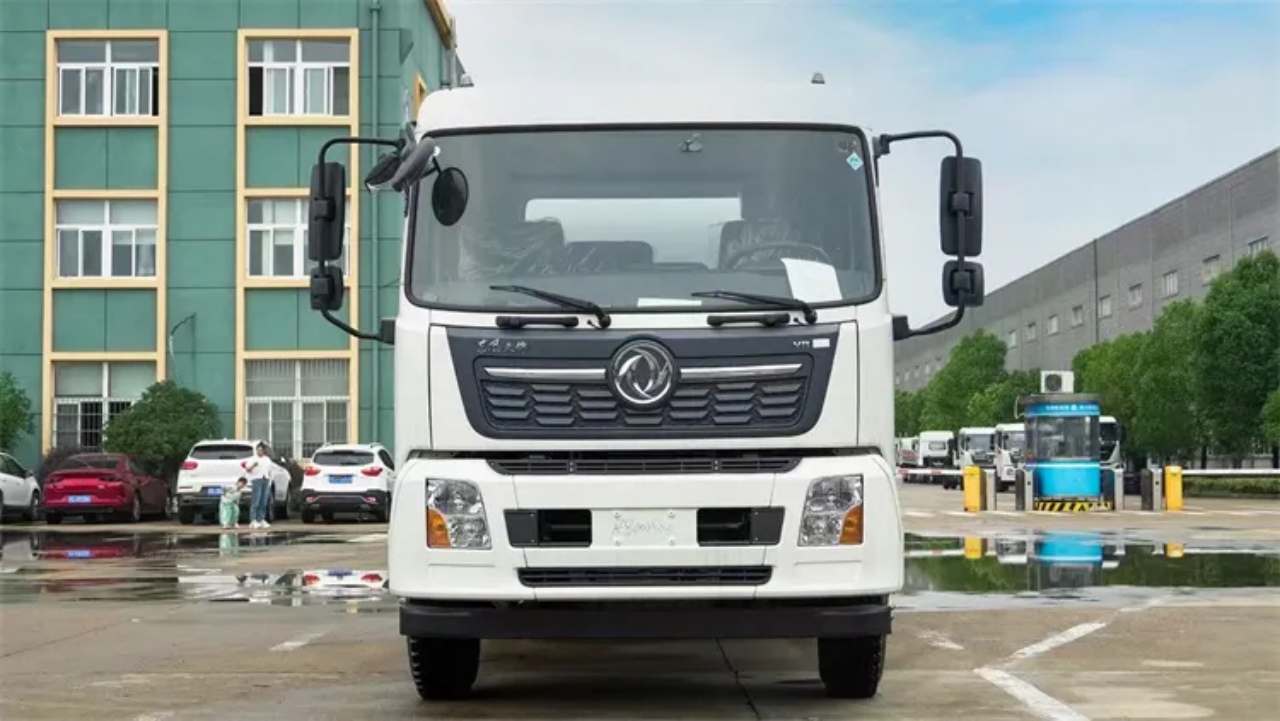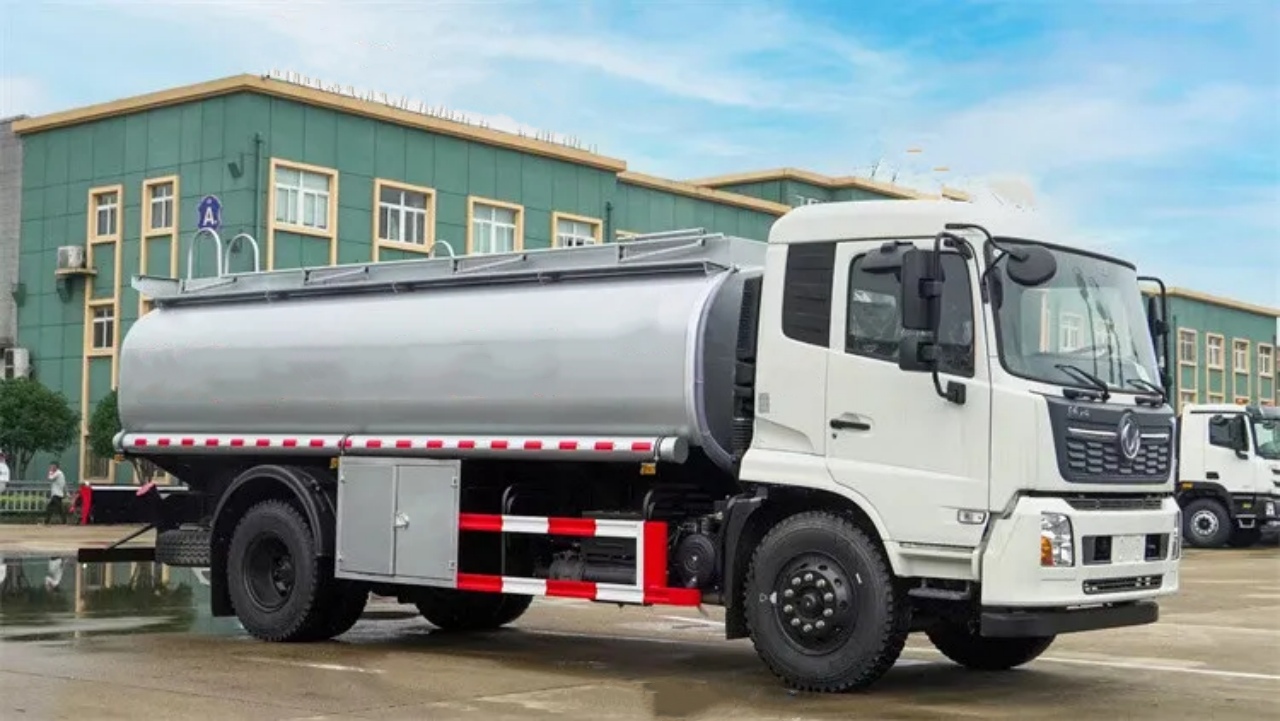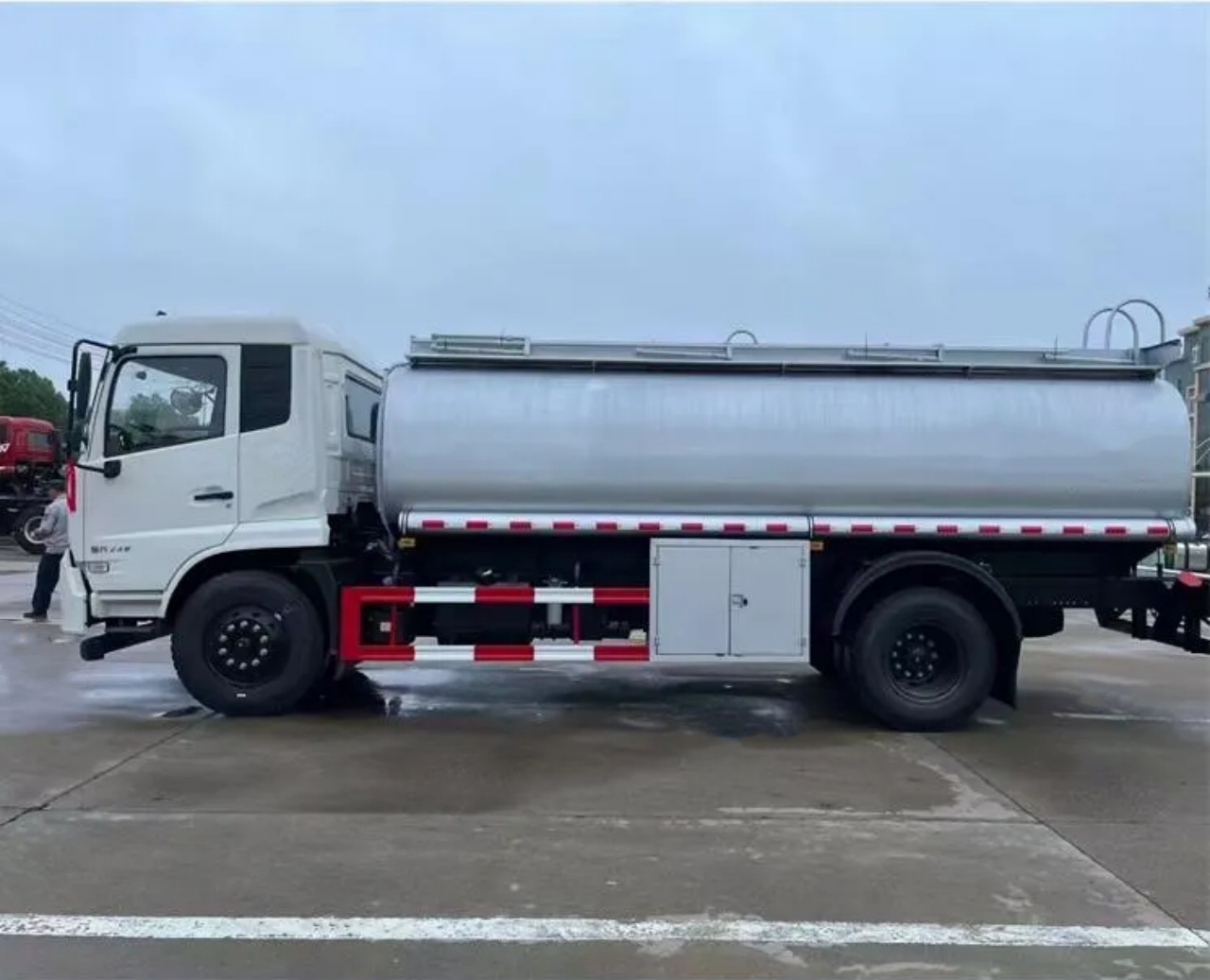In the vast and interconnected world of logistics and transportation, few vehicles are as vital to the movement of bulk liquids and gases as the tank wagon. Also known in some regions as tank cars, tank wagons are railway freight vehicles designed specifically for the safe and efficient transport of fluids. They play a critical role in industries ranging from oil and gas to chemicals, agriculture, and even food processing.
This article explores the meaning, function, history, and applications of tank wagons, offering a comprehensive understanding of why they are a cornerstone of bulk transport across rail networks globally.
Definition of a Tank Wagon
A tank wagon is a type of railroad car that consists of a large cylindrical tank mounted on a railway chassis. It is designed to carry liquids, gases, or semi-liquids in bulk. The tank itself is typically made from durable materials such as stainless steel, carbon steel, or aluminum and is engineered to withstand internal pressure, corrosion, and the rigors of long-distance transportation.
Tank wagons come in various configurations, including:
- Pressurized or unpressurized tanks
- Insulated or non-insulated tanks
- Single-compartment or multi-compartment tanks
These variations enable tank wagons to safely carry everything from crude oil and liquid fertilizers to wine, milk, and liquefied gases like propane or ammonia.

Historical Background
The use of tank wagons dates back to the mid-19th century during the expansion of railway networks across Europe and North America. Initially, liquids such as oil were transported in barrels loaded onto open wagons—a method that was inefficient, dangerous, and prone to spills and contamination.
The first purpose-built tank wagon is believed to have been developed in the 1860s in the United States. These early models were little more than wooden vats mounted on flatbed cars. Over time, advancements in metallurgy and engineering gave rise to the steel tank cars we recognize today.
By the early 20th century, tank wagons had become an indispensable part of industrial supply chains, particularly with the growth of the petroleum and chemical sectors. Innovations such as pressurization systems, vapor recovery fittings, and reinforced materials further improved their utility and safety.
Key Features of a Tank Wagon
The design and features of a tank wagon depend largely on the type of substance it is meant to carry. However, some common features include:
1. Cylindrical Tank Body
The cylindrical shape helps evenly distribute internal pressure and facilitates the drainage of liquids. The tank is usually horizontally oriented and mounted directly onto a wheeled chassis.
2. Loading and Unloading Valves
Tank wagons are equipped with specialized valves and fittings to ensure safe filling and emptying of the contents. These can be top-loading, bottom-loading, or both.
3. Insulation and Heating
For materials that need temperature control, like food-grade liquids or certain chemicals, insulation jackets and heating systems (steam or electric) are included.
4. Pressure and Safety Relief Devices
For pressurized wagons carrying volatile substances, safety valves, rupture discs, and pressure relief mechanisms are essential.
5. Lining and Coatings
Internal linings, such as rubber or epoxy coatings, protect the cargo from contamination and the tank from corrosion, especially when transporting aggressive chemicals.

Types of Tank Wagons
There are several types of tank wagons, each designed for specific cargo types:
1. General Purpose Tank Wagons
Used for transporting water, oils, and other non-corrosive liquids.
2. Chemical Tank Wagons
Built with corrosion-resistant materials and designed to carry acids, alkalis, and industrial chemicals.
3. Food-Grade Tank Wagons
Sanitary tank wagons are used for milk, wine, edible oils, and syrups. These are often insulated and may have cleaning-in-place (CIP) systems.
4. Gas Tank Wagons
High-pressure wagons are used to carry liquefied gases like propane, butane, and ammonia. They feature robust safety measures and are highly regulated.
5. Petroleum Tank Wagons
Specializing in crude oil, gasoline, diesel, and other petroleum products. Some may be equipped with vapor recovery systems to reduce emissions.
Advantages of Using Tank Wagons
The widespread use of tank wagons in rail freight transport is due to several significant advantages:
1. Efficient Bulk Transport
Tank wagons allow for the movement of large volumes of liquid or gas in a single journey, reducing the number of trips and lowering transportation costs.
2. Reduced Environmental Impact
Compared to road transport, rail-based tank wagons produce fewer emissions per ton-mile, making them more environmentally friendly.
3. Safety and Containment
Tank wagons are engineered to safely contain hazardous materials, with strict design standards that minimize the risk of leaks, spills, or explosions.
4. Long-Distance Hauling
Railways can cover vast distances more economically than road freight, making tank wagons ideal for inter-city or international logistics.

Regulatory and Safety Considerations
Given the potentially dangerous nature of many substances carried in tank wagons, these vehicles are subject to stringent regulations:
- In the United States, the Department of Transportation (DOT) and the Federal Railroad Administration (FRA) oversee tank car standards.
- In Europe, the International Carriage of Dangerous Goods by Rail (RID) and the International Union of Railways (UIC) set safety norms.
- Globally, the International Maritime Dangerous Goods (IMDG) Code and other agreements play a role in harmonizing standards.
Tank wagons must undergo regular inspections, testing, and certification to ensure structural integrity and safe operation.
Challenges and Limitations
Despite their advantages, tank wagons also face certain limitations:
- Infrastructure Dependency: Tank wagons require extensive rail infrastructure, which may not be present in all regions.
- Limited Flexibility: Unlike tank trucks, tank wagons cannot access door-to-door delivery points and require transloading facilities.
- Capital Costs: High manufacturing and maintenance costs can be a barrier for some operators.

Future Outlook
The future of tank wagons looks promising, especially with a growing emphasis on sustainable transport solutions. Innovations in materials (like composites), automation, and smart sensors are transforming tank wagons into more efficient and safer tools for modern logistics.
Moreover, as global supply chains become more interconnected, the role of rail freight, including tank wagons, is expected to grow. With ongoing investments in rail infrastructure and green transport policies, tank wagons will likely remain a critical asset in the movement of bulk liquids and gases for decades to come.
Conclusion
So, what is the meaning of a tank wagon? At its core, a tank wagon is more than just a vessel on wheels—it is a lifeline for industries that depend on the safe, efficient, and large-scale transport of liquids and gases. From their historical roots to their modern innovations, tank wagons continue to shape the way goods move across countries and continents, quietly fueling economies and sustaining industries behind the scenes.
Whether transporting crude oil across a nation or delivering milk from farm to processing plant, tank wagons remain an indispensable part of the global transport ecosystem.


